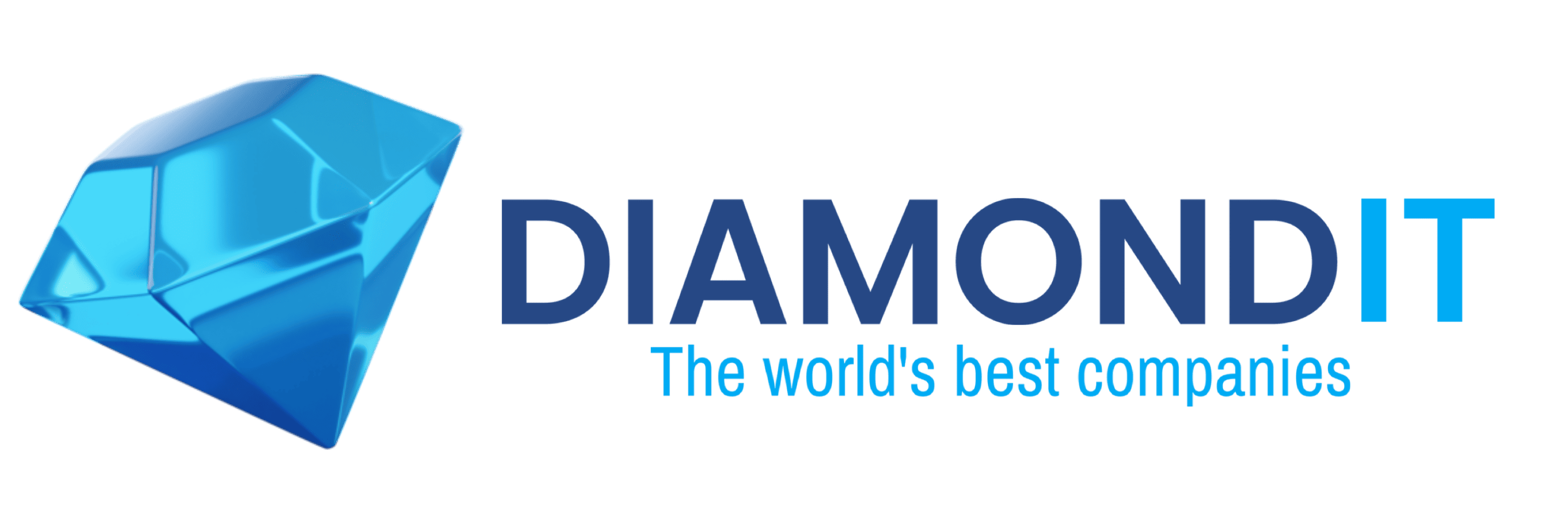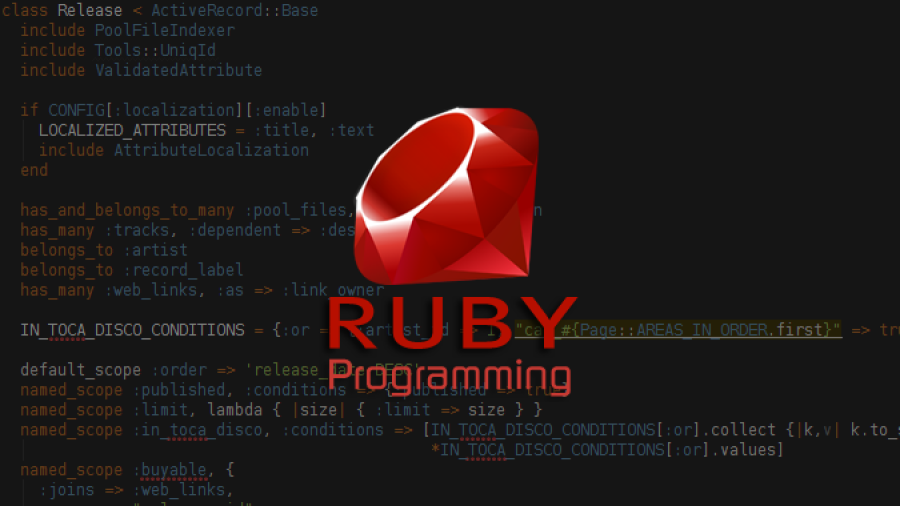Ruby Programming Language: A Complete Guide for Developers
Ruby Programming Language: A Complete Guide for Developers
Introduction
Ruby is a dynamic, open-source programming language that has gained popularity for its simplicity, elegance, and developer-friendly design. It was created by Yukihiro Matsumoto in the mid-1990s and has since become one of the most beloved languages for web development. Ruby's focus on simplicity and productivity, coupled with its powerful framework, Ruby on Rails, has made it a top choice for building dynamic, scalable web applications.
In this article, we will explore the Ruby programming language in-depth, discuss its features, key use cases, and how to get started with Ruby development.
What is Ruby?
Ruby is an interpreted, high-level, object-oriented programming language designed to be simple and productive. Its syntax is concise and human-readable, which makes it an ideal choice for beginners and experienced developers alike. Ruby emphasizes the principle of "optimizing for developer happiness," which means that developers can write code that is easy to read, write, and maintain.
Ruby was influenced by Perl, Smalltalk, and other programming languages, and it supports multiple programming paradigms, including procedural, object-oriented, and functional programming.
Key Features of Ruby
1. Object-Oriented Programming (OOP)
Ruby is a pure object-oriented language, which means everything in Ruby is an object, even simple data types like integers and strings. This makes it easier to design, extend, and maintain software in an object-oriented way. In Ruby, you can define your own classes and methods, and objects interact with each other through messages and methods.
2. Simplicity and Readability
Ruby’s syntax is designed to be intuitive and easy to read. Unlike many other programming languages, Ruby avoids unnecessary complexity and makes code look almost like plain English. This simplicity allows developers to focus more on problem-solving rather than dealing with complicated syntax rules.
3. Dynamic Typing
Ruby is dynamically typed, meaning you don't need to declare variable types explicitly. The type of a variable is determined at runtime, which can make the code more flexible and concise. While this adds a level of dynamism, it also means that type-related errors might not be caught until the program is executed.
4. Garbage Collection
Ruby has automatic memory management and garbage collection, meaning it automatically frees up memory that is no longer being used. This reduces the need for manual memory management and prevents memory leaks, making Ruby a reliable choice for long-running applications.
5. Extensive Standard Library
Ruby comes with a comprehensive standard library that provides modules for a wide range of functionalities, from file manipulation and networking to data processing and web development. The rich standard library saves time and effort by offering built-in tools to handle common tasks.
6. Cross-Platform Compatibility
Ruby is cross-platform, which means it can run on various operating systems, including Windows, macOS, and Linux. This makes it an excellent choice for developers who want to build applications that work across different platforms.
Why Choose Ruby for Development?
1. Ruby on Rails
Ruby on Rails (often referred to as Rails) is a powerful web application framework written in Ruby. Rails follows the convention over configuration (CoC) and don't repeat yourself (DRY) principles, which simplify the development process by reducing the amount of code needed to build applications. Rails has been widely adopted for building scalable, maintainable web applications and is used by companies like Airbnb, GitHub, and Shopify.
The framework provides built-in tools for handling everything from routing and database management to testing and authentication. Its simplicity and speed of development have made it one of the most popular web frameworks for developers.
2. Community and Ecosystem
Ruby has a large and active community that contributes to the language’s growth. The community maintains a wealth of open-source libraries (gems) that can be easily integrated into projects to extend functionality. Whether you're building a web app, automating tasks, or processing data, you'll find a wide range of gems that can help you get started quickly.
The RubyGems package manager is the heart of Ruby's ecosystem, providing access to thousands of reusable libraries for various purposes.
3. High Developer Productivity
Ruby’s elegant syntax and developer-friendly design allow for fast prototyping and high productivity. This is one of the reasons why Ruby is favored by startups and development teams that need to build applications quickly and efficiently. The language’s simplicity also reduces the likelihood of bugs, making it easier to maintain and scale projects over time.
4. Scalability
While Ruby is often associated with smaller projects or rapid prototyping, it is also capable of handling large-scale applications. The Ruby on Rails framework, in particular, has been used to build high-traffic websites and web services, proving that Ruby can scale when needed.
Common Use Cases for Ruby
1. Web Development
Ruby, especially when paired with Ruby on Rails, is a go-to choice for web development. Rails allows developers to quickly build web applications by providing ready-made tools for routing, database handling, and other common web development tasks. Many successful startups and enterprises have built their platforms using Ruby on Rails, including Twitter, GitHub, and Basecamp.
2. Automation and Scripting
Ruby is a popular language for writing scripts to automate tasks. Its readable syntax and powerful standard library make it ideal for scripting tasks like file manipulation, web scraping, or data processing. Ruby’s dynamic nature also makes it a great choice for writing quick, ad-hoc scripts.
3. Data Processing and Analysis
Ruby’s simplicity and integration with other tools make it a good choice for data processing and analysis. Libraries like Ruby DataFrame and Daru allow developers to work with structured data, perform statistical analysis, and visualize results.
4. Command-Line Tools
Ruby is frequently used to build command-line tools due to its simplicity and efficiency. Developers can easily create scripts to handle various tasks, such as managing servers, processing files, or interacting with APIs.
Getting Started with Ruby
If you are interested in learning Ruby, here are some steps to get started:
Install Ruby – You can install Ruby on your computer by downloading it from the official Ruby website (https://www.ruby-lang.org). Alternatively, you can use a version manager like RVM or rbenv to manage different versions of Ruby.
Write Your First Ruby Program – Open a text editor and create a file with a
.rbextension. For example:
puts "Hello, Ruby!"
Run the file in your terminal by typing ruby filename.rb, and you should see the output: Hello, Ruby!.
Learn the Basics – Start learning the core concepts of Ruby, such as variables, loops, conditionals, methods, and classes. There are many online tutorials and resources to help you along the way.
Explore Ruby on Rails – Once you're comfortable with Ruby, dive into Ruby on Rails to start building web applications. Rails provides a great starting point for new developers with its built-in tools and conventions.
Best Practices for Ruby Development
Follow the Ruby Style Guide – Adhering to the Ruby Style Guide ensures your code is clean, readable, and maintainable. It covers everything from naming conventions to formatting and best practices.
Use Gems Wisely – Ruby has a vast ecosystem of gems, but it's important to choose the right ones for your project. Don't overload your project with unnecessary dependencies; only use gems that provide real value.
Write Tests – Ruby’s testing frameworks, such as RSpec and Minitest, make it easy to write unit tests and ensure the quality of your code. Always write tests for your code to catch bugs early and maintain code quality.
Refactor Regularly – Ruby's simple syntax makes it easy to refactor code as your project evolves. Keep your codebase clean by continuously improving it and removing duplication.
Conclusion
Ruby is a versatile, powerful, and beginner-friendly programming language that remains a top choice for web development, automation, and scripting. With its elegant syntax, robust framework (Ruby on Rails), and large developer community, Ruby continues to thrive as a tool for creating dynamic applications. Whether you're a beginner or an experienced developer, Ruby provides the tools and resources you need to build fast, maintainable, and scalable software.
💡 Next Steps: Start by learning Ruby’s basic syntax, then explore Ruby on Rails to build your first web application. With Ruby’s focus on simplicity and developer happiness, you’ll be coding in no time!















